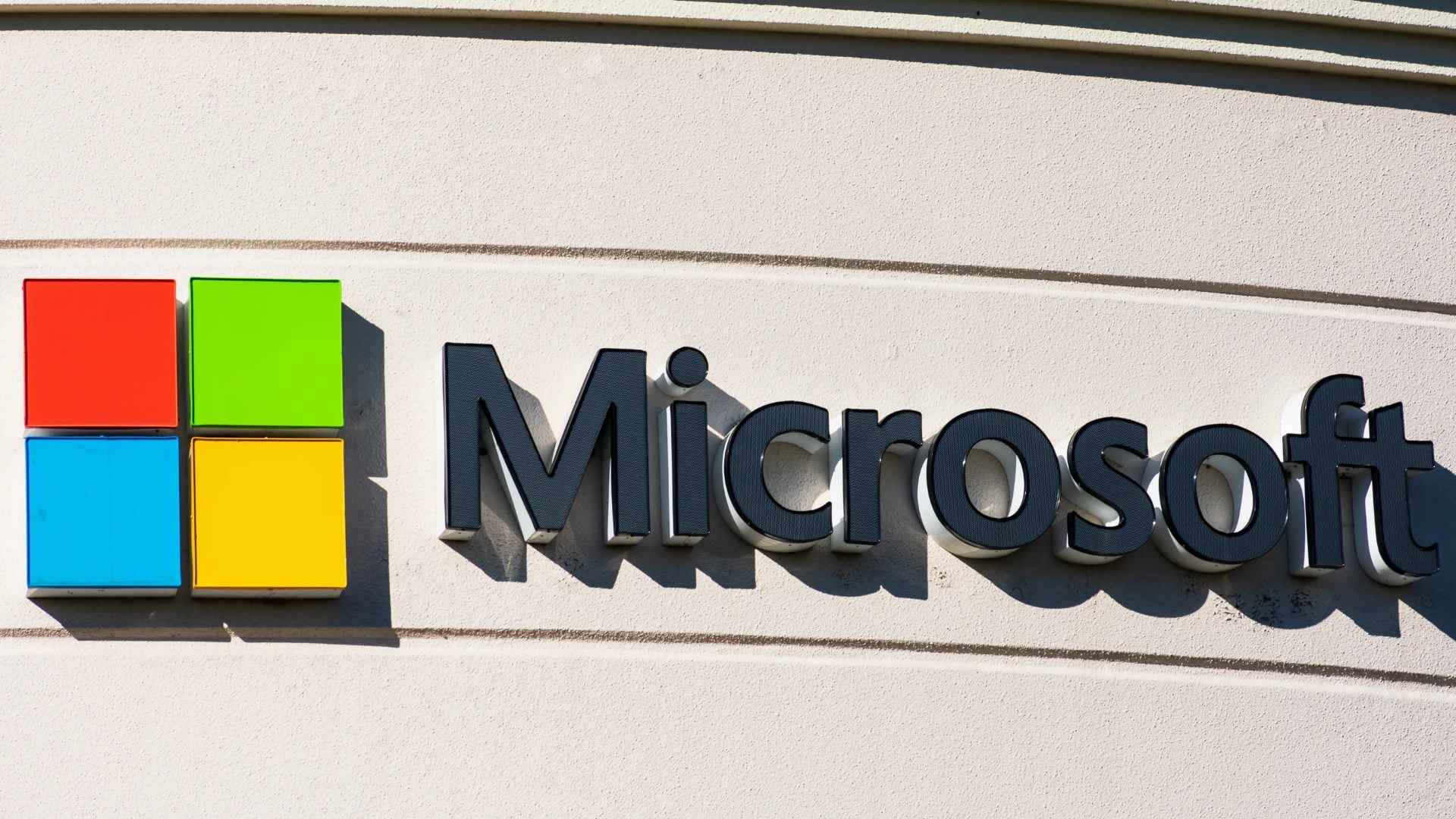Microsoft has confirmed that, starting July 1, Windows users can opt for a $1.50 monthly subscription to receive security updates without rebooting their systems. This change comes amid growing concerns about recent patches that created unexpected folders and potential vulnerabilities, sparking a flurry of online debates.
Effective next month, Windows Server 2025 users will see the hotpatch feature move from preview mode to an official release. Hotpatching is designed to streamline updates, especially for organizations running crucial applications. The subscription fee has generated plenty of chatter among system administrators, as it indicates a new approach to delivering essential security fixes. Are you wondering if you really need this subscription? Let’s take a closer look at what’s on the table.
How the new $1.50 monthly subscription could reshape Windows security maintenance
Microsoft’s decision to charge a monthly fee has turned heads because it marks a shift in how security patches are delivered. Instead of large packages requiring system reboots, hotpatches are smaller updates installed directly into active processes. As a result, fewer reboots mean less downtime, which can be invaluable for businesses that can’t afford frequent interruptions.
However, individuals running older systems may also find these no-reboot fixes appealing, especially if they handle sensitive data on a daily basis. Below is a quick comparison of traditional updates versus hotpatching:
| Key Patch Approaches | Reboot Needed | Monthly Fee | Notable Benefit |
|---|---|---|---|
| Traditional Updates | Yes | No | Standard but may disrupt workflow |
| Hotpatch Updates | No | $1.50 | Installs faster, less downtime |
Notice how the new method offers immediate convenience but at a subscription cost.
Hotpatching in Windows Server 2025 and how it benefits system administrators
Windows Server 2025 administrators have expressed relief that the hotpatch feature delivers security fixes quickly and discreetly. In fact, Microsoft highlights improved patch orchestration through Azure Update Manager. This means shorter windows of vulnerability, as potential risks get patched before hackers have time to exploit them. Social media “experts” once advised users to delete mysterious system folders, creating new security threats in the process. Now, with hotpatching, the chance of unauthorized system changes is reduced.
Wondering about legacy Windows systems? Microsoft has also pointed out there are options for receiving security updates on older operating systems, but these may require additional fees or extended service plans.
Essential recommendations to stay secure with upcoming hotpatch update changes
It’s crucial for system administrators and everyday users to evaluate their update strategies before July 1. First, review the budget to determine if the monthly fee is feasible. Second, assess whether reduced downtime justifies the cost. Lastly, keep an eye on official Microsoft advisories to ensure all patches are applied promptly, whether through hotpatching or traditional updates.
Remember that proactive measures are always the best defense against cyber threats. By staying informed about these changes, Windows users can prevent disruptions and maintain a stable workflow well into 2025 and beyond.

